





 |
 |
 |
 |
 |
 |
|---|---|---|---|---|---|
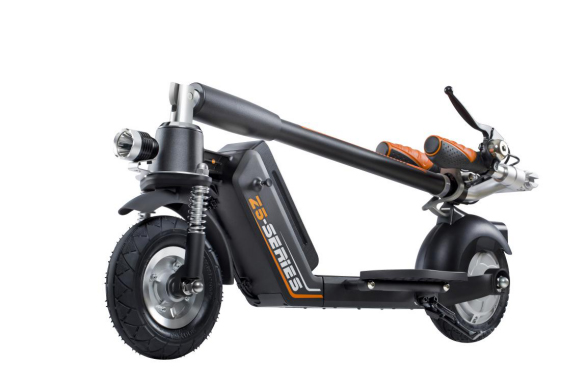 |
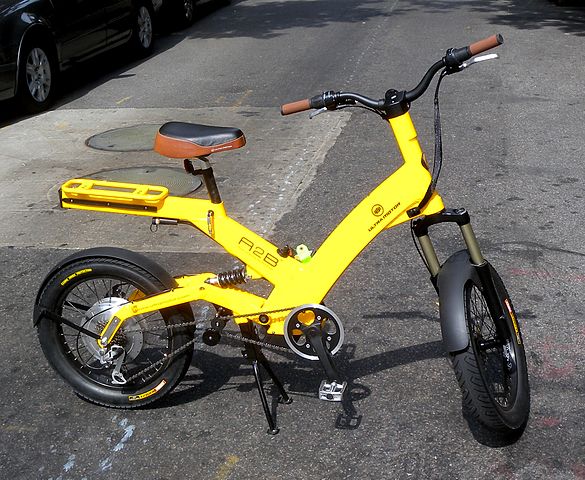 |
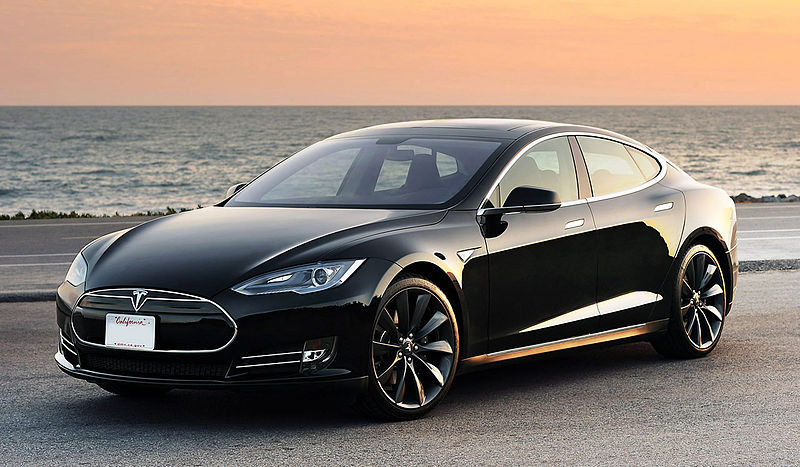 |
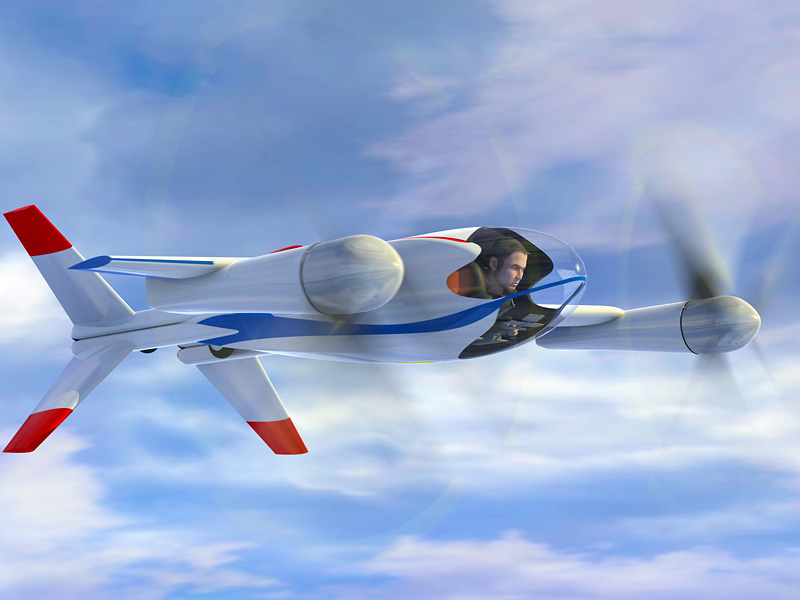 |
|
|---|---|---|---|---|
Electric vehicles are simpler and quieter than gasoline vehicles. Gasoline vehicles have better range and better power/$.
Quietness is important for small vehicles, because there are cities with lots of small vehicles. Small GVs are loud.
GVs come with baggage like gears, a powertrain, combustion, a flywheel, a muffler, etc., none of which are present in EVs. In an EV, the powertrain is wires, and the motors can be on the wheels. The motors can be independent.
Sports car manufacturers have embraced EVs, such as Tesla, Porsche, Mercedes Benz, and Jaguar.
In an EV, the battery can be on the bottom of the car, which helps with stability. It can also be suspended.
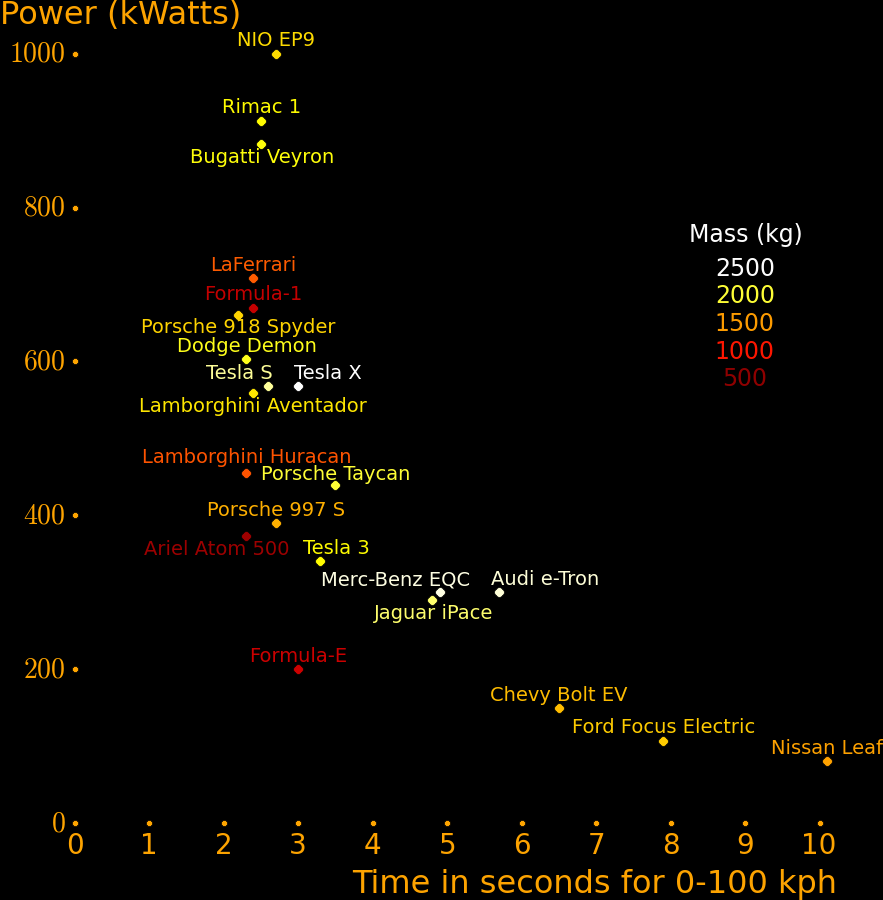 |
|---|
For small motors (less than 5 kWatt), GVs have a higher power/$ than EVs. GVs are 18 Watts/$ and EVs are 5 Watts/$.
Power/Mass Power/$ Energy/$ Energy/mass
Watt/kg Watt/$ MJoule/$ MJoule/kg
Gasoline motor 250 18 - -
Electric motor 200 10 - -
Battery, li-ion 500 10 .01 .6 Energy/$ is for the battery, not the electricity
Battery, lead acid 180 10 .02 .18 Energy/$ is for the battery, not the electricity
Generator 100 10 - - Gasoline to electric
Gasoline 100 10 45 47
For an ensemble of a li-ion battery and an electric motor, the overall power/mass is 5 Watts/$.
Driving a mid-sized car at 75 mph requires 40 kWatts, which are with reach of Lithium-ion batteries and gasoline generators.
The relationship power and speed is:
Power ∼ Speed3 * CrossSection
 |
|---|
The challenge is range. Battery energy is easily enough to cross cities but not enough for long-distance freeway driving.
BatteryEnergy ∼ Range * Speed2 * CrossSection
For a typical electric car driving at city speed,
Car speed = V = 20 meters/second Air density = D = 1.22 kg/meter3 Air drag area = K = 1.5 meters2 Air drag force = F = ½ K D V2 =366 Newtons Air drag power = P = ½ K D V3 = 7.3 kWatts Battery energy = E = F X =100 MJoules Range = X = E/(½ K D V2) =272 km
Drag area (meters2)
Kick scooter .4
Bike .5
Compact car 1.0
Mid-sized car 1.5
SUV 2
Bus 5
An electric generator can extend range. Generators have poor power/mass but for ground vehicles, mass isn't a problem. If we equip electric vehicles with generators,
Speed Generator Generator Generator
m/s power (kW) cost ($) mass (kg)
Kick scooter 10 .25 25 1
Bike 15 1.0 100 5
Trike 20 4 400 20
Compact car 30 16 1600 80
Mid-sized car 30 25 2500 125
The generator is always a small fraction of the mass and cost of the vehicle.
If a lithium-ion battery and a generator have equal power then the battery is cheaper and lighter than the generator.
Battery cost / Generator cost = .4 Battery mass / Generator mass = .17Batteries are good for short-term bursts of power and generators are good for long-term cruising. A vehicle should have both.
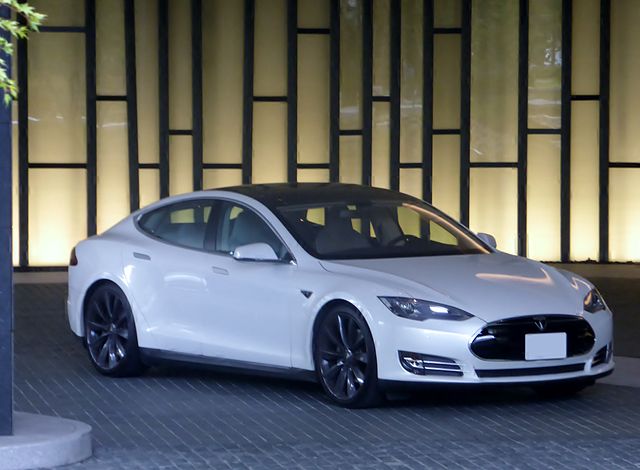 |
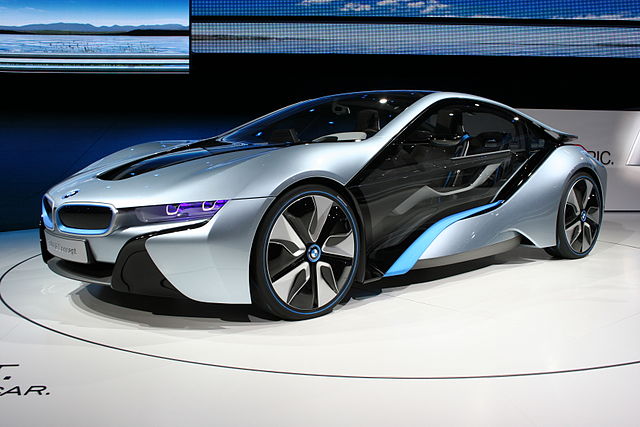 |
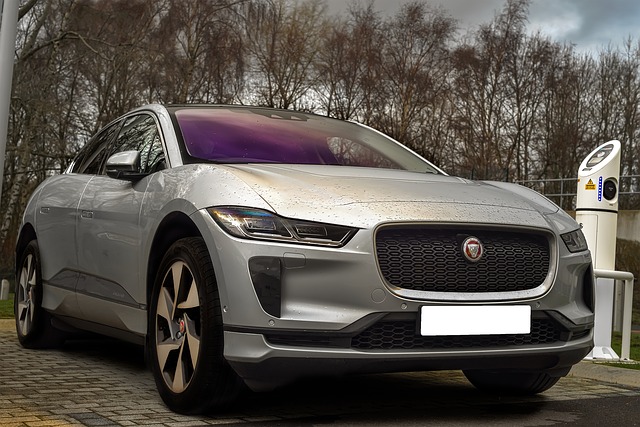 |
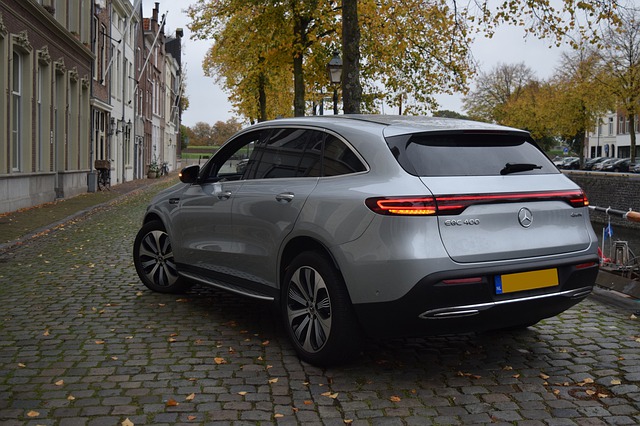 |
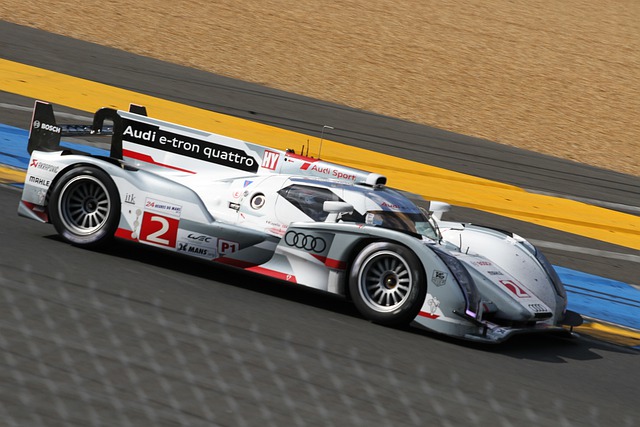 |
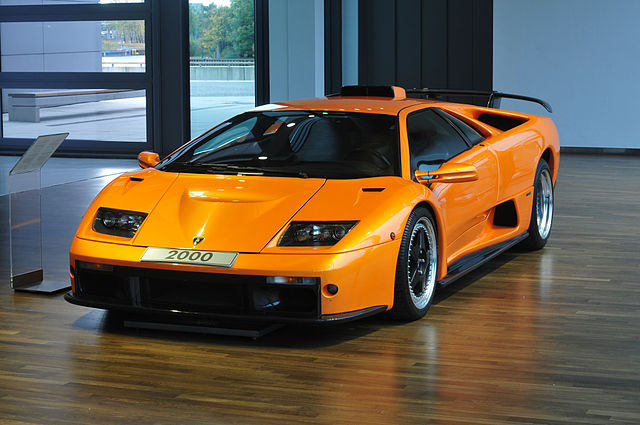 |
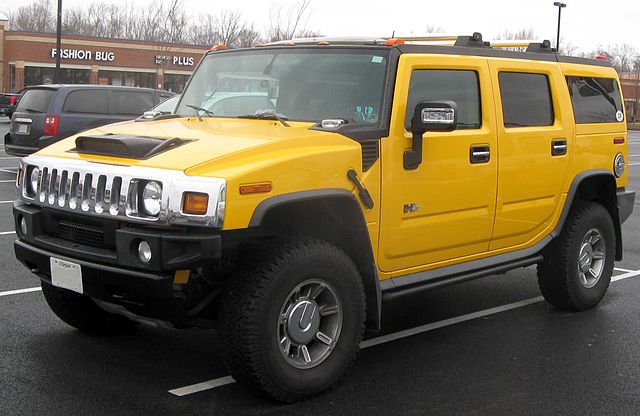 |
|---|---|---|---|---|---|---|
For gasoline cars, replace "battery" with "engine".
Motor 100kph Top Battery Battery Battery Battery Car Car Year
power time speed energy mass mass cost
kWatt s m/s MJoule kg MJoule/kg kWatt/kg kg $
Rimac C Two 1408 2.0 115 432 1950 2400000 2019 Concept car
NIO EP9 1000 2.7 87 324 635 .51 1.54 1735 1200000 2016 Concept car
Rimac Concept One 913 2.5 94 324 1850 980000 2013 Concept car
Lucid Air Dream 805 2.7 75 396 2300 230000 2021
GM Hummer EV 746 720 4103 2021
Tesla Model S 615 360 635 .57 .97 2250
Tesla Cybertruck Tri 600 3.0 58 720 3000 91000 2021
Porsche TaycanTurboS 560 2.8 72 301 2370 250000 2021
Porsche TaycanTurbo 500 3.2 72 336 2380 208000 2021
Chevy Silverado EV+ 495 4.4 720 2023
Audi e-tron GT RS 475 3.3 69 336 2350 186000 2021
Ford F-150 Lightning+ 420 4.5 472 2995 90000 2022
Audi e-tronGTquattro 390 4.1 68 336 2300 135000 2021
Chevy Silverado EV 380 720 2023
Ford F-150 Lightning 318 472 2805 40000 2022
Porsche Taycan 300 5.4 64 285 2125 112000 2021
Jaguar I-Pace EV400 294 4.8 56 324 2208 104000 2021
Hyundai Ioniq 5 230 5.2 50 209 1800 48000 2021
Formula-E racecar 200 3.0 62 194 250 .78 .80 725 2018
Ford Mustang Mach-E 198 4.9 50 273 1993 85000 2021
Nissan Leaf e+ 160 7.3 44 202 1756 52000 2021
BMW i3s 135 6.9 44 152 1365 57000 2021
Nissan Leaf 110 7.1 40 130 1850 40000 2021
Volkswagen ID.3 110 8.9 44 173 1725 40000 2021
Citroen e-C4 100 9.7 42 180 1650 47000 2021
Honda e-Advance 113 8.3 40 103 1595 53000 2021
Opel Corsa-e 100 8.1 42 180 1530 39000 2021
Fiat 500e hatchback 70 9.5 38 86 1350 32000 2021
Smart EQ fortwo 60 11.6 36 63 1095 25000 2021
Tesla Semi 5.2 11800 150000 2020
Tesla Cybertruck Bi 5.0 54 432 2750 50000 2021
Tesla Cybertruck One 7.0 50 360 2600 55000 2021
F-15 aircraft 105700 738 - - 3000 - 35 12701
 |
|---|
A major factor for performance is the battery. For high-performance batteries,
Power/mass = 1200 Watts/kg Energy/mass = 0.8 MJoules/kg. Energy/$ = 0.01 MJoules/$
The top speed is almost always electronically limited.
Power sources tend to have a tradeoff between energy/mass and power/mass. The power sources for a car are:
Energy/Mass Power/Mass Ragone Time
MJoule/kg kWatts/kg MJ*kW/kg2 seconds
Battery, Lithium polymer 1.0 1.0 1.0 1000
Battery, Lithium ion .8 1.2 .96 667
Battery, Lithium titanate .4 4 1.6 667
Supercapacitor .05 20 1.0 2.5
Aluminum capacitor .01 100 1.0 .1
Gasoline combustion motor - 8 - -
Electric generator - .2 - -
Electric motor - 8 - -
Rocket, Kerosene + H2O2 - 2000 - -
Energy/Mass = e Joules/kg
Power/Mass = p Watts/kg
Ragone number = r = e p Joule*Watt/kg2
Ragone time = t = e/p second
Features:
NIO EP9 Adjustable downforce wing capable of 3.0 G cornering
The wing can produce 2450 kg of downforce at 67 meters/second
Active suspension, adjustable road clearance
Carbon fibre chassis and exterior
Tesla Roadster Gas thrusters to enhance maneuverability
Porsche Taycan Advanced motor cooling system
Rimac Concept One Carbon-ceramic breaks
The relationship between top speed and engine power is determined by drag.
Top speed = V
Fluid density = D = 1.22 kg/meter2 (air at sea level)
Cross section = A
Drag coef, fluid = C
Fluid drag force = F = ½ C A D V2
Power = P = F V
Drag area = K = C A
Top speed Power Drag area
m/s kWatt meters2
Bugatti Veyron 119.7 883 .84
Lamborghini SV 97.2 559 1.00
LaFerrari 96.9 708 1.28
Porsche 918 94.4 661 1.29
Lamborghini Diablo 90.3 362 .81
Nissan GTR 87.2 357 .88
Saab 900 58.3 137 1.13
Aptera 2 38.1 82 1.39
Bike, streamlined 38.7 1.4 .040
Bike, sprint 18 1.4 .40
Bike, cruise 10 .30 .49
eScooter Zoomair 7.2 .25 1.10
eSkate 5.3 .11 1.21
Sub, human power 4.1 1.4 .041
Sub, Virginia nuke 17.4 30000 11.4 Virginia Class nuclear submarine
Blue Whale 13.9
Skydive, min speed 40 30 .77 Mass = 75 kg
Skydive, max speed 124 101 .087 Mass = 75 kg
*: The top speed is electronically limited
For human-powered vehicles we assume an athlete with:
Power/mass = 20 Watts/kg Mass = 70 kg Power = 1400 Watts
The energy expended per person is proportional to the vehicle cross section divided by the number of passengers.
People = N
Distance traveled = X
Air drag force = F
Energy = E = F X
Energy efficiency = Q = E/(NX) = F/N
Speed Power Force Force/prsn People Range Drag area
m/s kWatt Newton Newton km m2
Skate 10 .18 18 18 1 5 .3
Kick scooter 10 .18 18 18 1 5 .3
Bike 15 .82 55 55 1 8 .4
Car, small, city speed 20 4.9 244 244 1 10 1
Car, large, freeway speed 30 33 1100 1100 1 15 2
Bus, freeway speed 30 99 3290 46 72 15 6
Train car, freeway speed 30 99 3290 27 120 15 6
Airbus A380 251 251000 1000000 1840 544 10000 160
1 Horsepower = 746 Watts
A full bus is 5 times more efficient than a compact car,
but buses are rarely full and usually slow.
Buses and trains are substantially more efficient than planes and should be favored over short flights.
Trains are not substantially more efficient than buses and they are far less flexible.
A hard acceleration requires more power than cruise driving. The power is delivered over a short timescale and can be suplied by can be supplied by capacitors or flywheels. These devices can also recover breaking energy, and they're better suited for this than batteries because they can be charged millions of times whereas batteries can only be charged thousands of times.
Power/Mass Power Energy/Mass Energy Car mass
Watt/kg kWatt (MJoules/kg) MJ kg
Car, Accel from 0-100 kph in 8 sec 97 145 .000386 1.16 1500
Car, cruise at 100 kp 17 25 .000386
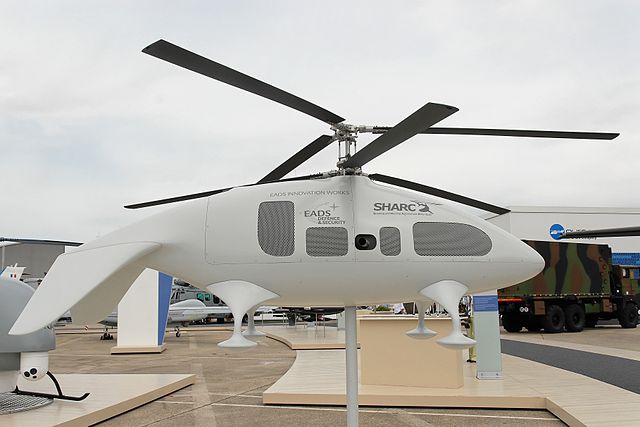 |
 |
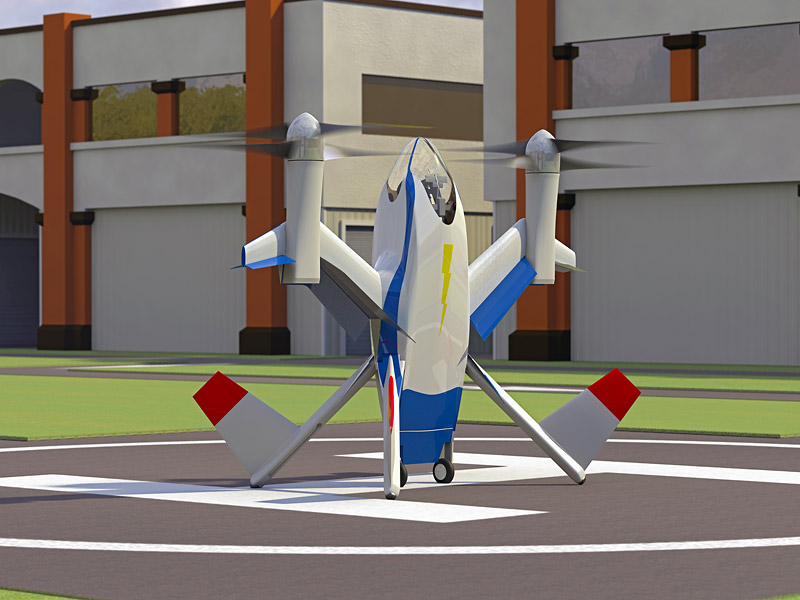 |
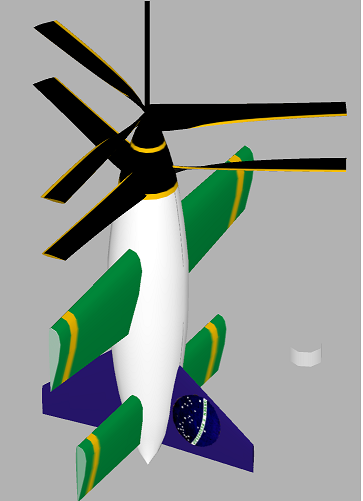 |
|---|---|---|---|
Flying electric cars are easy because lithium-ion batteries have a good power to mass ratio. For 1-person flying car, the minimum power/mass required to hover is 200 Watts/kg and a lithium-ion battery can produce 1000 Watts/kg.
Electric motors contribute neglibly to the mass of the car because they have a power/mass much larger than the battery (7000 Watts/kg). The propeller weighs even less than the motor.
Because motors are easy, a flying vehicle can have many motors and propellers, which helps with safety. Also, the more propellers a vehicle has, the easier it is to fly, because it reduces the minimum power/mass required to fly.
Electric motors are simpler and safer than gasoline motors. Gasoline motors come with baggage like gears, powertrains, combustion, flywheels, mufflers, etc., none of which are present in electric motors.
For a 1-person flying car,
Power/Mass
Watts/kg
Minimum for fixed-wing flight 120
Minimum for hovering flight 200
Minimum vehicle power/mass 300 = pveh Should be easily able to hover. Use 1.5 times the minimum to hover
Lithium-ion battery 1000 = pbat
To hover, the battery mass has to be at least 3/10 the vehicle mass to provide enough power. The minimum battery mass fraction is pbat/pveh = 3/10.
Since a lithium-ion battery can easily power a hoovering vehicle, vertical takeoff is easy. There is no niche for a runway-based car.
The battery can be made larger to increase range. For fixed-wing flight, an electric flying car has a cruising speed of 50 meters/second and a range of 150 km.
Lithium-ion battery energy/mass= e = 1.0 MJoule/kg Minimum for fixed-wing flight = pfix = 100 Watts/kg Battery mass fraction = f = .3 Flying time = T = f e/pfix = 3000 seconds Fixed-wing cruising speed = V = 50 meter/second Range = X = V T = 150 km
An electric generator has a power/mass of 200 Watts/kg, too small to fly. A small detachable electric generator could be potentially added for recharging off grid.
For flight at constant velocity,
Number of propellers = N Hovering minimum power/mass = p ~ M1/6 N-1/6 Fixed-wing cruising speed = V ~ M1/6 Fixed-wing cruising flight time= T ~ M-1/6 Fixed-wing cruising range = X ~ M0
A single-person aircraft has a mass of ~ 400 kg and a hovering minimum power/mass of 200 Watts/kg. A 1 kg drone has a hovering minimum power/mass of 74 Watts/kg.
Voltage = V Volts
Charge = C Coulombs
Time = T seconds
Electric current = I = C/T Amperes (Amps)
Electric power = P = VI Watts
Energy = E = PT Joules
= CV Joules
Battery energy is often given in "Watt hours" or "Ampere hours".
1 Watt hour = 3600 Joules = 1 Watt * 3600 seconds
1 Amp hour = 3600 Coulombs = 1 Coulombs/second * 3600 seconds
A battery with a voltage of 3.7 Volts that delivers
1 Ampere for 1 hour has an energy of
Energy = 1 Ampere * 3.7 Volts * 3600 seconds = 13320 Joules
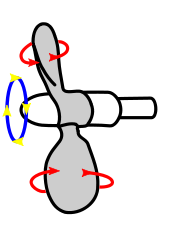 |
|---|
For propellers,
Rotor radius = R
Air density = D = 1.22 kg/meter3 at sea level
Rotor tip speed = V
Rotor width param= Cr
Rotor lift force = F↑ = D Cr R2 V2
Rotor drag force = F→
Rotor lift/drag = Qr = F↑ / F→
Rotor power = P = F→ V = F↑ V / Qr
Rotor force/power= Z = F↑/ P
= Qr / V
= R F↑-½ D½ Cr½ Qr
= R F↑-½ D½ qr
Rotor quality = qr = Qr Cr½
The physical parameters of a propeller are {Qr,Cr,qr}, with typical values of
Qr = 5.5 Cr = .045 qr = 1.17Most propellers have 2 blades and some have 3. If there are 4 or more blades then qr declines.
The parameters are not independent. They're related through the blade aspect ratio.
K ≈ Aspect ratio Cr ≈ K-½ Qr ≈ K qr ≈ K½
Aircraft mass = M Gravity = g Aircraft force = F↑ = M g Rotor radius = R ~ M1/3 Hovering force/power = Z = qr D½ R F↑-½ ~ M-1/6 Hovering power/mass = p = g / Z ~ M1/6 Aircraft energy/mass = e ~ M0 Hovering time = T = e / p ~ M-1/6
A drive propeller has to move substantially faster than the aircraft to be effective. This distinguishes it from a hovering propeller, which is designed to minimze propeller speed.
Rotor radius = R Air density = D = 1.22 kg/meter3 Aircraft speed = U Rotor speed coef. = s Rotor tip speed = V = s U Rotor lift force = F↑ Rotor drag force = F↓ Rotor lift/drag = Qr = F↑ / F↓ Rotor power = P = F↓ V = F↑ V / Q Rotor force/power = Z = Q / VTypically, Q ~ 5.5 and s ~ 3.
A commonly-appearing quantity is the power/mass ratio, which is inversely proportional to the force/power ratio.
Mass = M Gravity = g Rotor quality = q Hover force = F = M g Hover power = P Force/Power ratio = Z = F/P Power/Mass ratio = p = P/M = g/Z
Air density = Dair= 1.22 Seawater density = Dwater= 1025 Gravity = g = 9.8 meters/second2 Wing drag coef. = Cw = .03 Wing Lift/drag = Qw = 7 Rotor lift/drag = Qr = 5.5 Rotor width param = Cr = .045 Rotor quality = qr = 1.17 = Qr Cr½ Rotor force/power = Zr Rotor agility = pr = g/Zr Wing agility = pw
Aircraft mass = M Gravity = g Air density = D = 1.22 kg/meter3 Aircraft speed = U Rotor speed coef. = s Rotor tip speed = V = s U Aircraft lift force = F = M g Rotor lift force = F↑ Wing lift/drag = Qw = F / F↑ Rotor drag force = F→ Rotor lift/drag = Qr = F↑ / F→ Rotor power = P = F→ V = F↑ V / Qr = F V / (Qr Qw) Aircraft force/power = Z = F / P = [Qr Qw / s] / UThere is a tradeoff between Qr and s.
 |
|---|